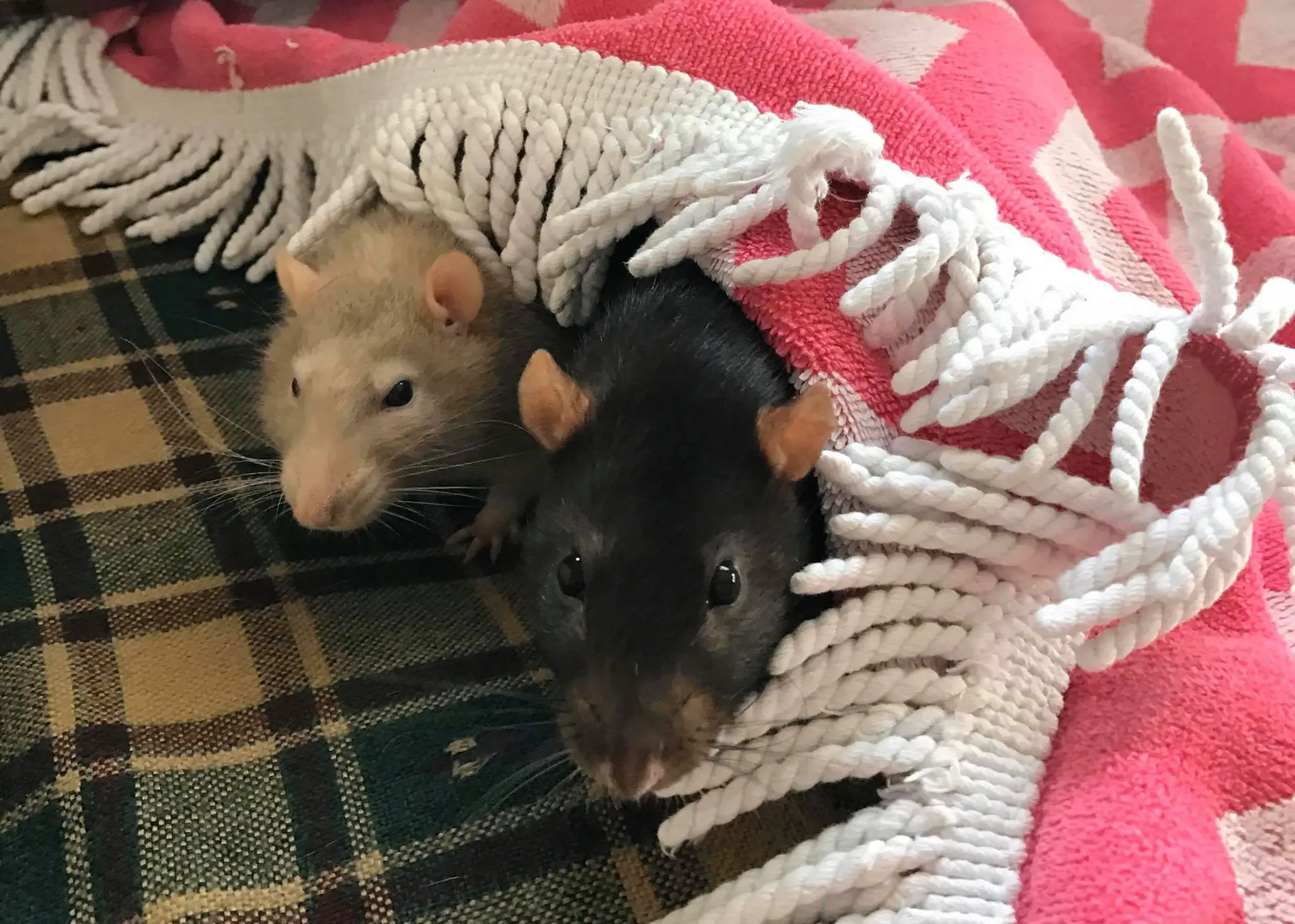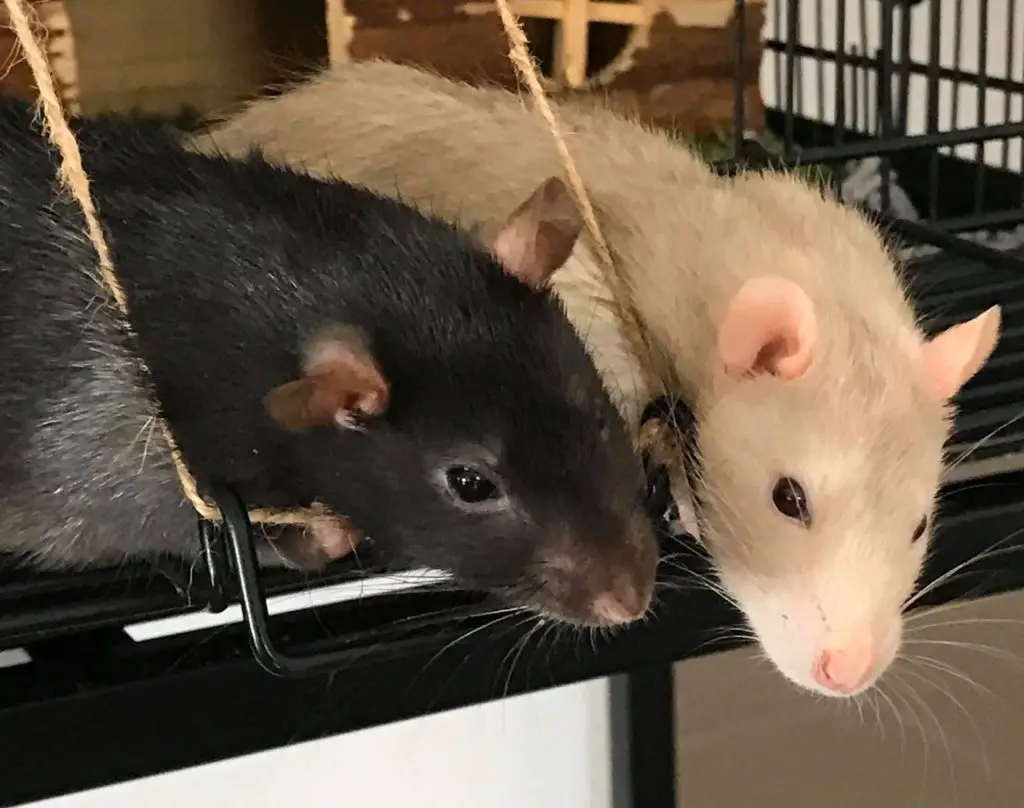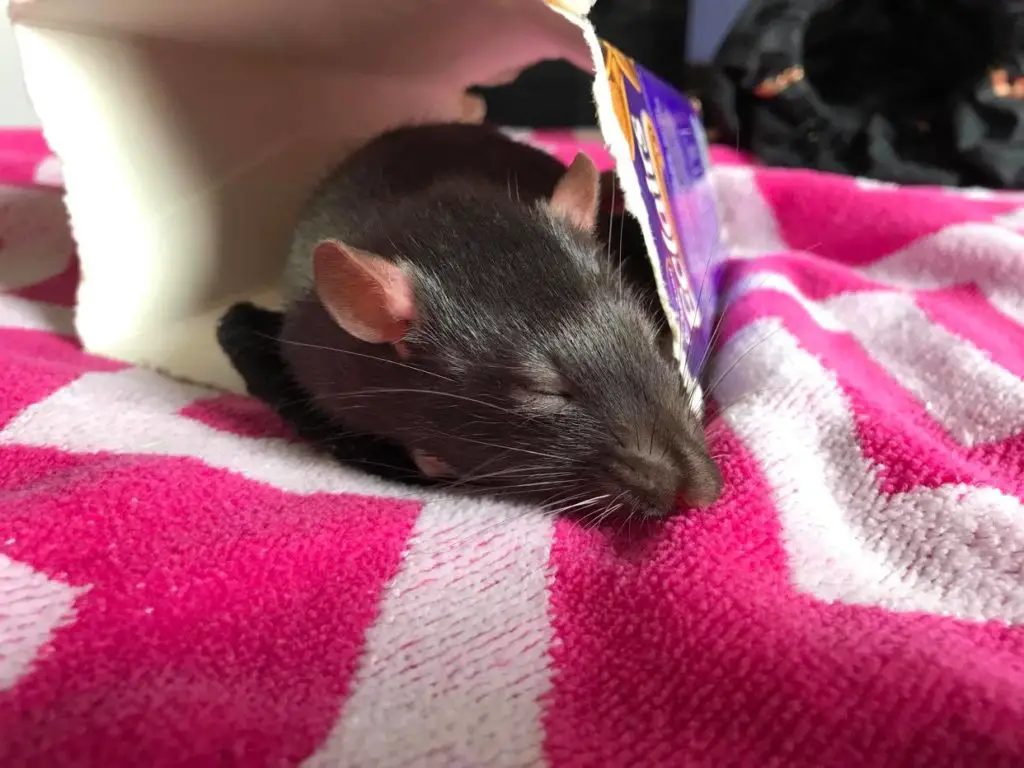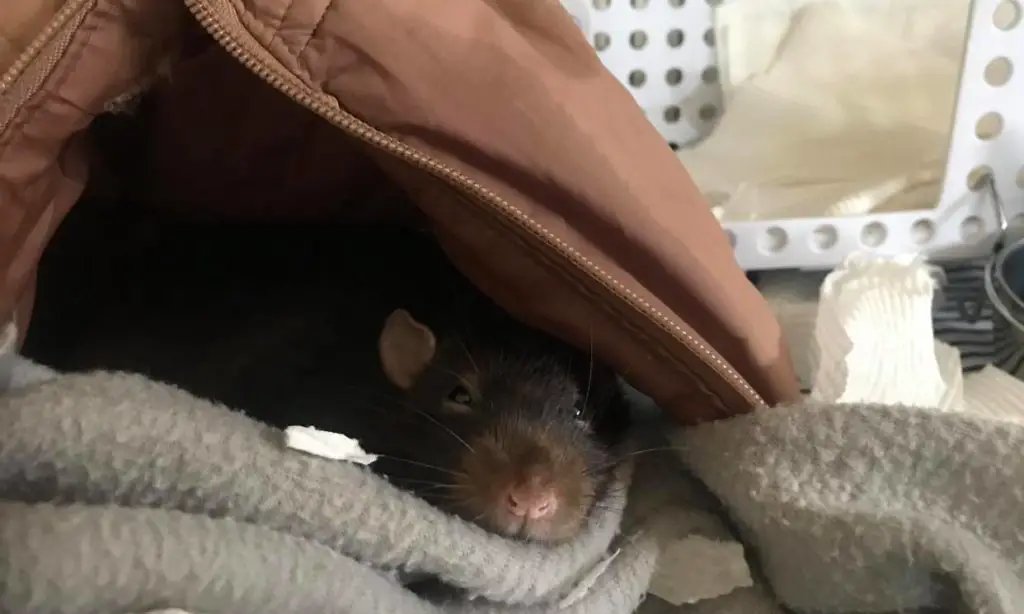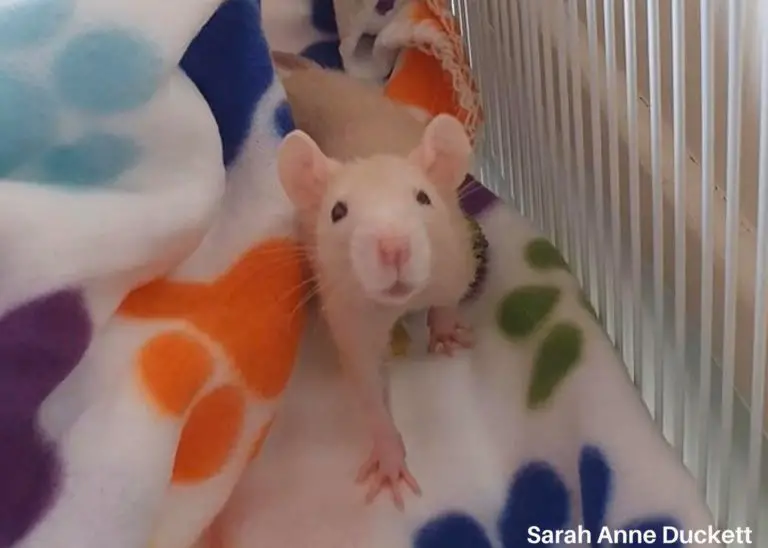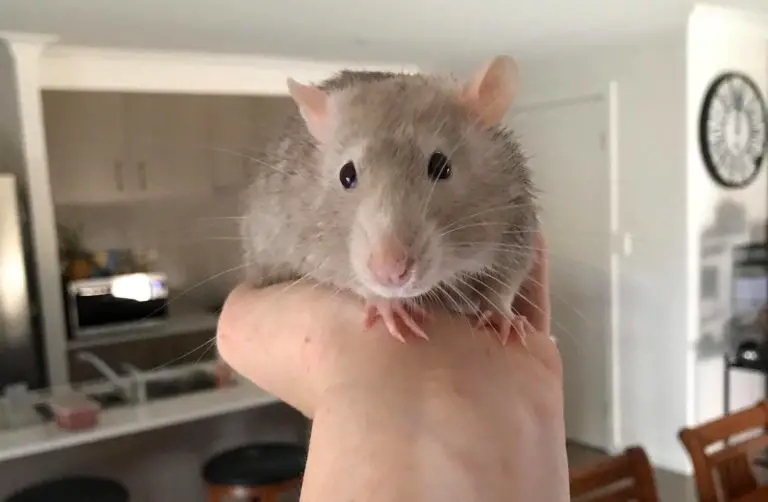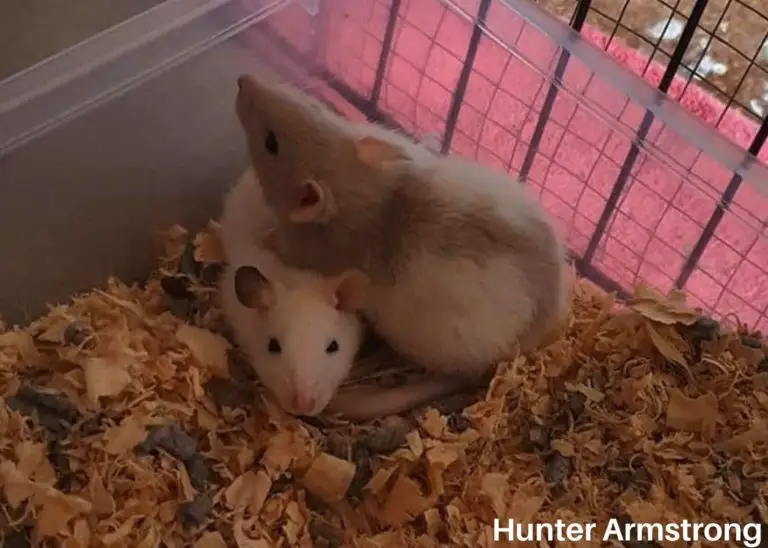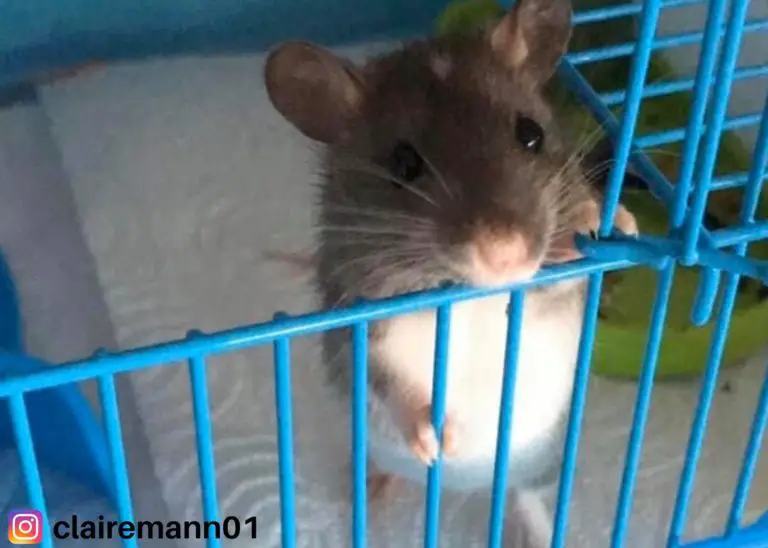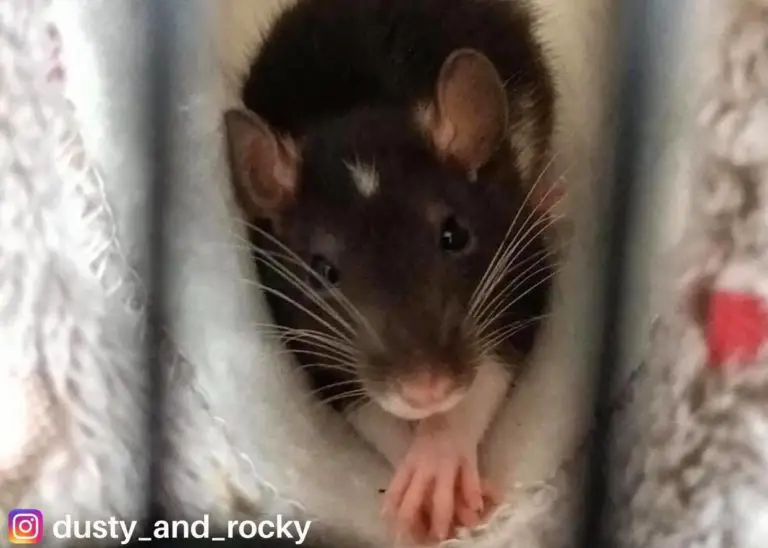Guide to Taming, Gaining Trust and Bonding with your Pet Rat
At first when you first get your little rat friend, they may be a bit skittish and hide away. Some rats may even bite when you put your hand it to try and pet them. This is just because they’ve been taken out of their home and put into a place that is unfamiliar to them. It can take up to a week or more (maybe even less) for them to warm up to you and feel comfortable.
In some cases, you may get a pet rat that hasn’t been handled often or has had a bad past, this causing them to bite and hide away. Building the trust back up again and bonding with your pet rat will need patience and time. All rats have their own personalities and will grow to be comfortable with you at their own pace. This means it could take days or weeks.
The Dos and Don’ts of Bonding With Pet Rats
When trying to bond with your pet rat, it’s important that you don’t do anything to make them feel scared. Loud sounds and quick movement will scare your pet rat. Giving your rat lots of treats will help them realise that you’re not going to harm them but you should never give your pet rat treats or food through the cage bars because then they will get bitey at anything you put through the cage bars, including your fingers. Another thing you shouldn’t do when you’re trying to gain trust with your rats is to force them into doing something that you can see they don’t want to do. For example, if you’re trying to give your rat some food or a treat and you can see that they’re shy or nervous about taking it from you, it’s best to just leave it and try again the next day.
Food Giving
One of the most popular ways to trust training is giving them food/treats. This method is so simple and it makes your rats have to come to you. For your pet rat, this can be a vulnerable situation so you need to start by allowing them to come to your hand inside the cage first. You should hold the treat between your thumb and pointer finger and offer it to them. You should keep trying this until they’re comfortable enough to accept it.
Once your pet rat is comfortable with coming to your hand inside the cage you can try to move your hand further away. When your rat is comfortable enough doing this, you can start to try and give them treats in the palm of your hand. It may take a few times for them to get comfortable enough to climb onto your hand and get the treat. You should keep doing this until they’re finally comfortable enough to be in your hand. Once they’re happy doing this, you can try and pick them up and take them out of their cage.
During free roam time, it’s important to have them in an area that is secure, safe and comfortable for them to be in. You should try to always be around while they’re free roaming so they can come up and be around you. You can keep giving them treats as well. Giving treats is one of the easiest ways to gain trust with your pet rat. If you can, it’s best to do this more than once a day and to be consistent as this will help with gaining their trust quicker and easier.
Top Articles
Bonding with your Pet Rat
Confining your rat in a safe place that is outside of the cage will help with bonding. This is because the more time they get to spend with you, the more they will be comfortable around you. However, if you have a rat that is quite nervous, it may be a little difficult.
It’s important to choose a place that will be safe and comfortable for your pet rat. This place may be a bed or a safety pen. Move your rat to this place and start spending time with them. You can give your pet rat some yummy treats as well so that they can associate you with good and positive things, like treats!
Next you can try and start to introduce your hands by putting them around your pet rat and petting them. You will be able to tell if your rat is comfortable with you doing this or not. You should do this step for another few days before trying to pick them up.
Once your pet rat is comfortable being around your hands you can try and pick them up. Once they are comfortable with you picking them up, you will be able to pick them up out of their cage as well. Keep allowing them to run around the secure area. This means that your pet rat is finally starting to trust you.
Neutral Space
The neutral space technique is allowing your pet rats to roam around a safe place. In the beginning, this technique might be a bit hard because we need to try and not interact with the rat too much as we’re trying to allow them to get used to us first. This technique is trying to get your pet rat to come to you when they’re ready and not when we want them to.
Once your pet rats start climbing on you, this is when you can try to hold them and pet them. If they don’t let you do this straight away that’s okay, it will take time. It’s important to be patient and not to rush things.
Scent
The scent technique is one that works well for the difficult rats that are more scared and nervous. With this technique it is introducing your scent before introducing yourself. With rats that are quite nervous, they may find your presence as scary and imposing. This technique will take more time than the others.
Grab some tissues or something similar and wear it for a few hours. If you’re a women, a great place to put the tissue is in your bra. After a few hours you can put the tissue into your pet rats cage. Repeat this for a few days so your rat can become familiar and comfortable with your scent.
After a few days you can try introducing your hand slowly. It’s important that your rat knows you’re there so you don’t scare them. You can put your hand near them but it might be best to not touch them just yet. This is so they can get used to your hands first. You should do this for a few days so your pet rat will be comfortable around your hands.
When your pet rats are comfortable being around your hands you can start trying to give them treats. Once they’re comfortable with taking treats from your hand, you can try petting them. Remember to always make sure your pet rat knows you’re there so you don’t startle them. If you notice that they’re uncomfortable or scared, stop and try again the next day.
Once you’ve mastered this, you can try some of the other techniques to help with trying to get them out of their cage. It’s always important to remember that it may take some time and to always be patient.

